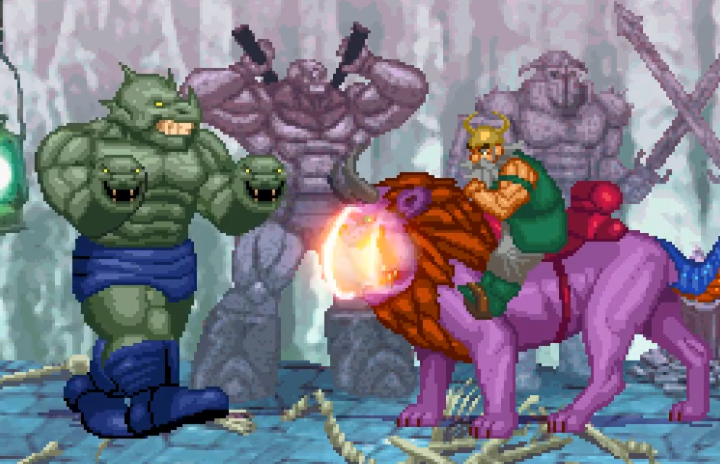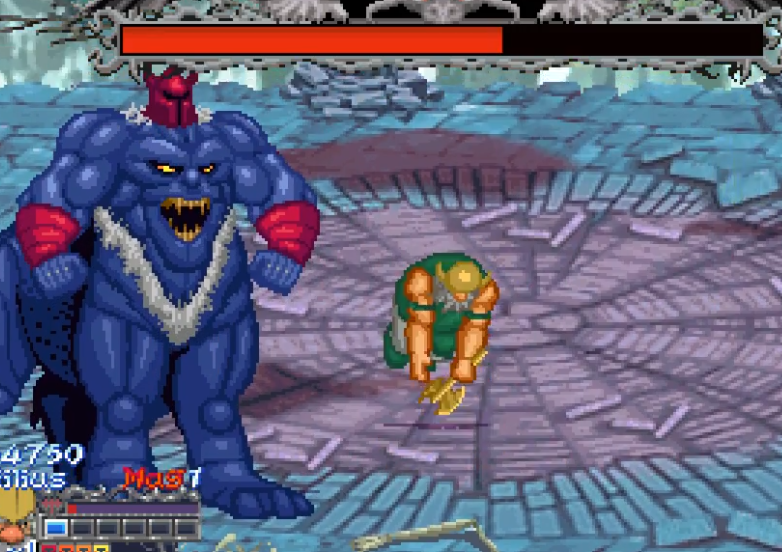If you grew up bashing skeletons and riding fire-breathing beasts in Sega’s Golden Axe, chances are you’ve stumbled across Golden Axe Myth—a remarkable fan-made prequel that feels like a lost arcade chapter. What’s surprising isn’t just how polished it is, but what powers it: the OpenBoR engine, one of the longest-running and most flexible tools in the retro beat-’em-up community.
What is OpenBoR?
OpenBoR (short for Open Beats of Rage) began life in the early 2000s as a fan project inspired by Streets of Rage. Developers at the time released the engine’s source code to the public, and over the years a passionate community of coders, artists, and modders transformed it into a fully open-source side-scrolling brawler framework.
It’s cross-platform—running on Windows, Linux, macOS, Android, and even modded consoles—and it’s completely scriptable, which means you can build anything from an old-school belt brawler to an RPG-lite adventure with dialogue, cut-scenes, and branching stages.
Why Golden Axe Myth Matters
Released by SEEP Team in the late 2000s, Golden Axe Myth is one of the shining examples of what OpenBoR can do. Instead of a quick remake, the team created a new story set before the original trilogy, with hand-drawn sprites, voiced dialogue, and cinematic presentation that echoes the tone of classic Sega arcade storytelling.
The game introduces new characters and a fresh soundtrack, but the soul of the Golden Axe universe remains intact—tight combo combat, mountable beasts, destructible scenery, and a satisfyingly crunchy sound design.
From a technical point of view, Golden Axe Myth pushes OpenBoR’s scripting engine to the limit: dynamic lighting, palette swapping, multiple playable characters, and event-triggered cut-scenes all coexist in what feels like a professional 16-bit release.
Inside the OpenBoR Engine
At its core, OpenBoR is a 2D side-scrolling engine designed for “beat-’em-up” games. Its data structure relies on plain-text scripts—you define stages, enemies, hit boxes, combos, and special moves all through editable text files. There’s no expensive SDK, no complex compiler. That simplicity is the secret to its longevity.
Key features include:
-
Scripting language: Based on a lightweight C-style syntax, letting you create AI routines, weather effects, cut-scenes, and custom HUDs.
-
Sprite and animation system: Supports layered sprites, transparency, palette shifting, and rotation.
-
Audio and effects: Accepts WAV, OGG, and MP3 for music and sound effects, with adjustable reverb and fade controls.
-
Open community support: Active forums like ChronoCrash host tutorials, art packs, and complete templates to get newcomers started.
The Legacy of OpenBoR
Two decades later, OpenBoR is still alive precisely because it’s open. Fans continue to produce projects ranging from comic-book crossovers (Marvel Infinity War) to original IPs (Night Slashers X), often with better gameplay balance than the commercial titles that inspired them.
For aspiring developers, it’s a way to prototype side-scrollers quickly without learning an entire game engine like Unity or Godot. For retro fans, it’s a chance to keep beloved franchises breathing, long after their official publishers have moved on.
Final Thoughts
Golden Axe Myth isn’t just a nostalgic tribute; it’s proof of what’s possible when passionate fans harness open tools. The OpenBoR engine may be rooted in the pixelated streets of the 1990s, but its community-driven evolution has turned it into a timeless platform for creativity.
![]()

